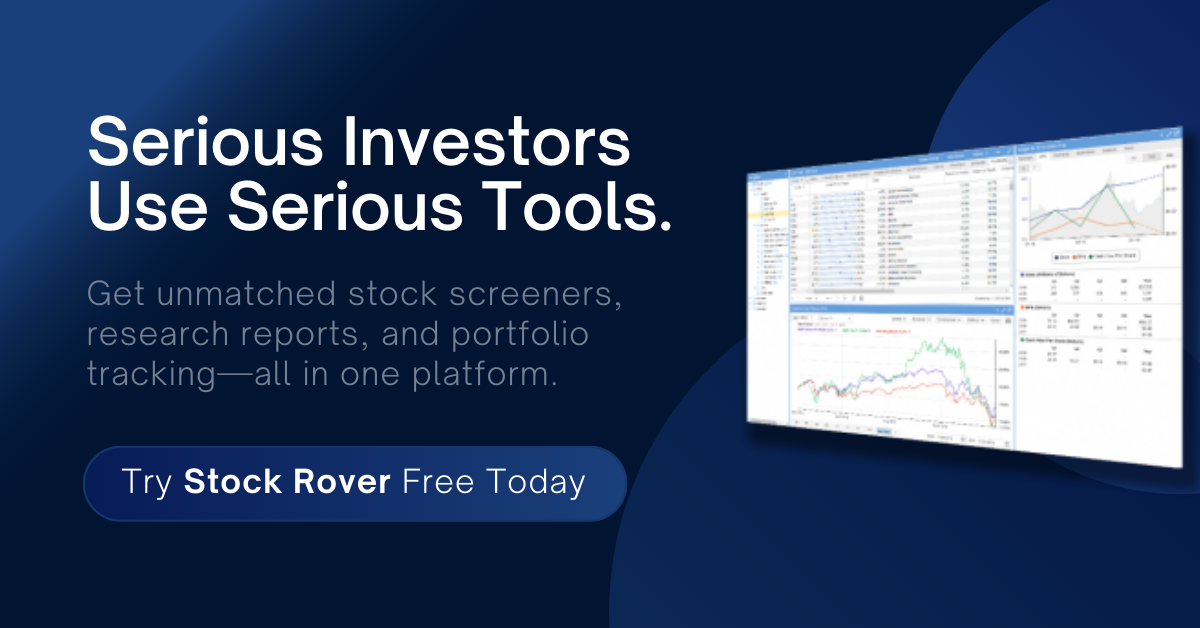
The Unlikely Alliance Threatening the AI Status Quo
The recent news that Google sells TPU to Meta signals a fundamental shift in the AI hardware market. For years, the AI hardware market has been defined by two simple truths: NVIDIA is the undisputed king of silicon, and Google’s Tensor Processing Units (TPUs) were a strictly internal secret weapon, accessible only via their Cloud platform.
That era is ending.
Recent reports detailing Meta’s advanced discussions to deploy Google’s TPUs in its own data centers signal more than just a massive deal; they confirm a monumental strategic pivot by Google. By shifting from merely renting TPUs via the cloud to becoming a direct hardware vendor, a “merchant silicon” provider if you will, Google is unleashing an unprecedented attack on NVIDIA’s dominance, forcing a structural change in the $1 trillion AI ecosystem.
The Strategic Calculation: Why Meta is Buying from the Competition
Meta is one of the world’s largest buyers of AI compute, pouring tens of billions into infrastructure to train models like Llama. Their primary motivation for this unlikely partnership is leverage and supply chain security.
- Breaking the NVIDIA Tax: NVIDIA enjoys exceptional profit margins because they have been the sole provider of high-performance AI chips. By bringing a credible alternative like the TPU into the mix, Meta gains significant negotiation power, reducing their overall hardware costs.
- Supply Chain Diversification: NVIDIA’s chips have been perpetually sold out. Relying on a single supplier creates bottlenecks that slow Meta’s AI roadmap. Diversifying to Google secures a reliable, high-volume source of compute.
- The “Software Moat” Attack: NVIDIA’s true power lies in its CUDA software ecosystem, which locks developers into its hardware. By successfully running massive training workloads on TPUs using open frameworks like PyTorch/XLA (which Meta champions), the alliance proves that effective, high-scale AI can exist beyond CUDA, weakening NVIDIA’s software lock-in.
TPU vs. Blackwell: The Battle of Philosophies
The deal also confirms a critical divergence in hardware strategy: specialization vs. versatility.
| Feature | Google TPU (Trillium / v6) | NVIDIA Blackwell (B200) | Strategic Rationale |
| Architecture | ASIC (Application-Specific Integrated Circuit): Purely optimized for AI matrix math. | GPGPU (General Purpose GPU): Versatile but carries the power/thermal load of a general processor. | Google’s TPU is typically more cost and power-efficient for massive, repetitive training runs. |
| Interconnect & Scale | Optical Circuit Switching (OCS): Designed for linear scaling, connecting thousands of chips (up to 8,960) into one massive, coherent “Pod.” | NVLink: Incredible speed within a cluster (rack) but requires complex external switches to scale beyond a few racks. | Google’s architecture is better suited for the truly hyperscale training of frontier models. |
Meta is choosing the TPU because it values efficient, linear scaling for massive workloads over the raw, individual speed of a single Blackwell GPU. For hyperscalers, the TPU’s design is inherently more suited for the largest AI challenges.
Broadcom: The Undisputed Arms Dealer
While the market focuses on the titans, the biggest, safest winner in this dynamic is the “unseen architect” of custom silicon: Broadcom.
Broadcom is the co-designer and manufacturing partner for Google’s TPUs.
- Direct Revenue Uplift: Every TPU Google sells to Meta is a chip Broadcom is paid to manufacture. This move immediately turbocharges Broadcom’s high-margin ASIC revenue stream.
- Market Validation: This deal validates Broadcom’s core strategic bet: that the future of AI at scale lies not with expensive, general-purpose GPUs, but with specialized, custom-designed ASICs.
- The Neutral Enabler: Broadcom maintains its position as the indispensable “arms dealer.” They are already partnering with Meta on its internal custom chips (MTIA) and reportedly working with OpenAI on its own silicon ambitions. Broadcom profits regardless of which hyperscaler (Google, Meta, OpenAI) successfully challenges NVIDIA.
In essence, Broadcom is the engine enabling the entire industry’s move toward silicon sovereignty.
Conclusion: A New Market Structure
Google’s pivot to “merchant silicon” fundamentally alters the competitive landscape:
- New Competition for NVIDIA: Google instantly becomes a formidable, credible challenger to NVIDIA, backed by a product proven at massive scale.
- The Rise of the Enabler: Broadcom solidifies its role as the critical partner for any major tech company seeking to build its own AI future.
- Hardware Agnosticism: Meta’s bold move accelerates the industry’s shift toward hardware-agnostic AI development, reducing the premium NVIDIA can command.
The Google-Meta alliance is the opening salvo in a new phase of the AI arms race, defined by diversification, specialization, and the democratization of custom hardware. I expect many more such deals to be announced now that a precedence is set. We are in for some exciting times ahead.

Shailesh Kumar, MBA is the founder of Astute Investor’s Calculus, where he shares high-conviction small-cap value ideas, stock reports, and investing strategies.
His work has been featured in the New York Times and profiled on Wikipedia. He previously ran Value Stock Guide, one of the earliest value investing platforms online.
Subscribe to the Inner Circle to access premium stock reports and strategy insights.
Featured in:








